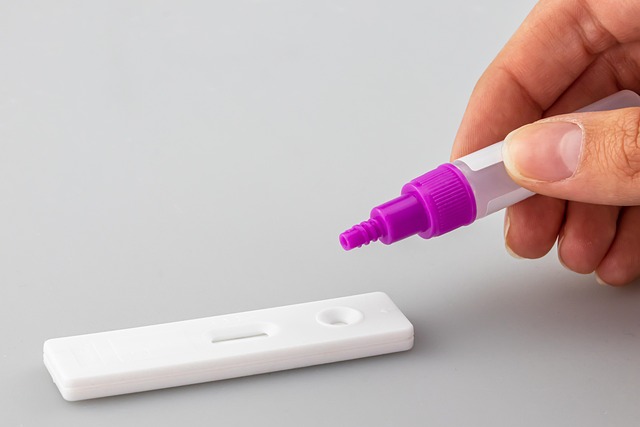Embracing Change: How Simulation-Based Testing Drives Adaptation in Robotics and AI
In today’s fast-paced business world, adaptation isn’t just a strategy; it’s a necessity. Companies are continuously seeking innovative ways to stay ahead, and one of the most transformative tools enabling this agility is simulation-based testing. This cutting-edge approach is revolutionizing how robotics and artificial intelligence (AI) solutions are developed and integrated into business automatization.
The Power of Simulation in Robotics
Robotics, once limited by the physical constraints of hardware and real-world testing environments, has been liberated through simulation-based testing. Instead of troubleshooting robots in costly, time-consuming physical setups, engineers can now emulate complex environments and scenarios digitally. This not only accelerates development cycles but also allows for unprecedented adaptability.
Imagine a robot designed to streamline warehouse sorting. With simulation-based testing, developers can expose the robot to myriad situations, from unexpected obstacles to varied package sizes, all without risking damage or downtime. The robot “learns” how to navigate challenges before it ever leaves the digital world, making it more resilient and adaptable once deployed.
Amplifying AI’s Learning Curve
Artificial intelligence thrives on data and experience, yet feeding real-world events into AI models can be costly and sometimes impractical. Simulation-based testing provides a rich sandbox where AI algorithms can test decisions, improve accuracy, and refine processes without real-world risks.
For businesses, this means AI systems embedded in customer service bots, demand forecasting, or automated quality checks can evolve faster and more reliably. The AI’s ability to adapt to changing market trends, customer preferences, or operational anomalies is significantly enhanced, all thanks to simulated environments that mimic reality with high fidelity.
Automation in Business: A New Era of Adaptation
Automation is the backbone of modern business efficiency, but static automation systems can falter amidst dynamic business landscapes. Using simulation-based testing, organizations can design automation processes that are flexible and scalable, ready to respond to shifts such as supply chain disruptions or new compliance standards.
Consider automated invoicing systems powered by AI. By simulating various financial scenarios and regulatory changes, businesses can preemptively tweak their systems to uphold accuracy and compliance. The result is continuity, reliability, and a significant reduction in manual interventions.
Why Simulation-Based Testing Feels Like Adaptation
The essence of adaptation lies in anticipation and learning — qualities ingrained in simulation-based testing methodologies. For professionals and business leaders, this approach resonates because it mirrors the very human process of “learning by doing,” but at an accelerated pace and without high stakes.
In embracing simulation-based testing, companies are not just keeping up with change; they’re proactively shaping the future of robotics, AI, and automation. This enables businesses to transform uncertainties into opportunities, fostering a culture where adaptation is not feared but celebrated.
As we navigate the challenges and opportunities offered by emerging technologies, simulation-based testing stands out as a beacon of adaptability — empowering robotics and AI to evolve in tandem with the ever-changing business environment.




